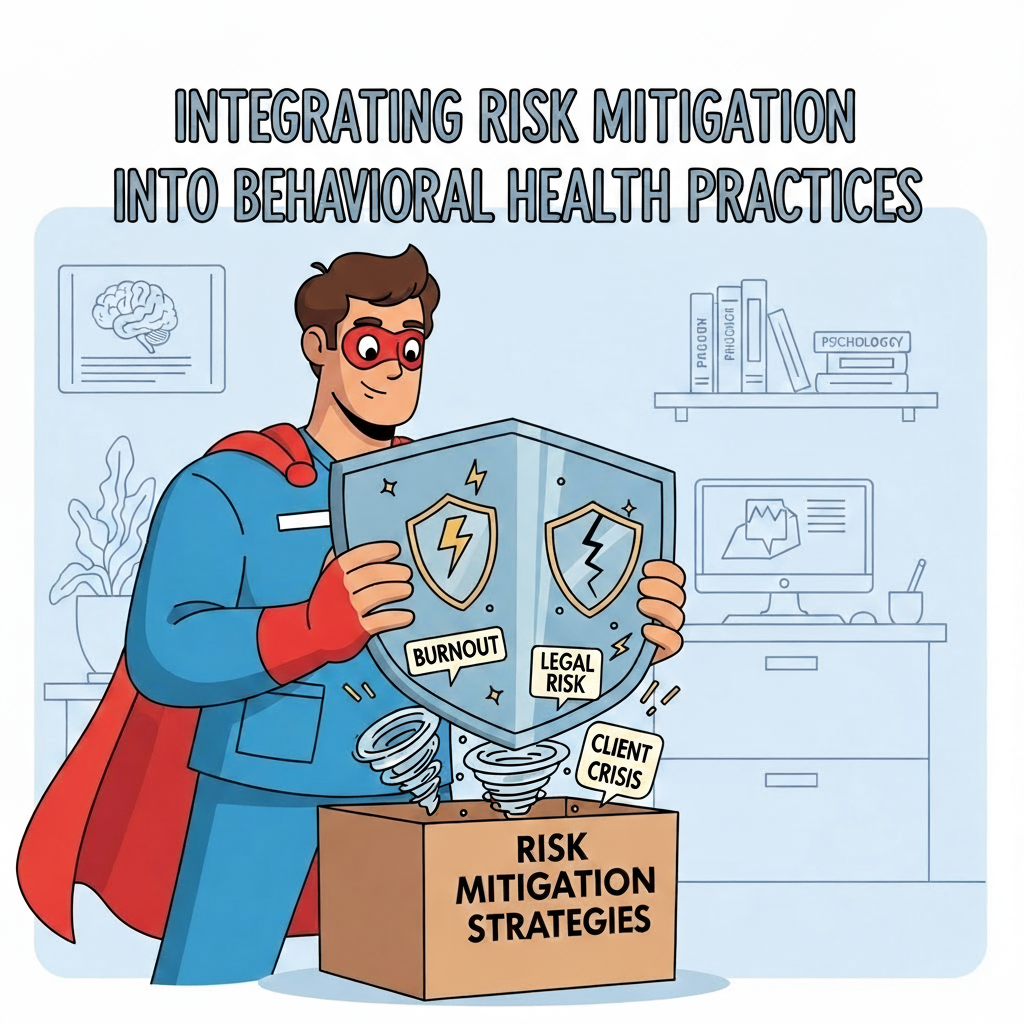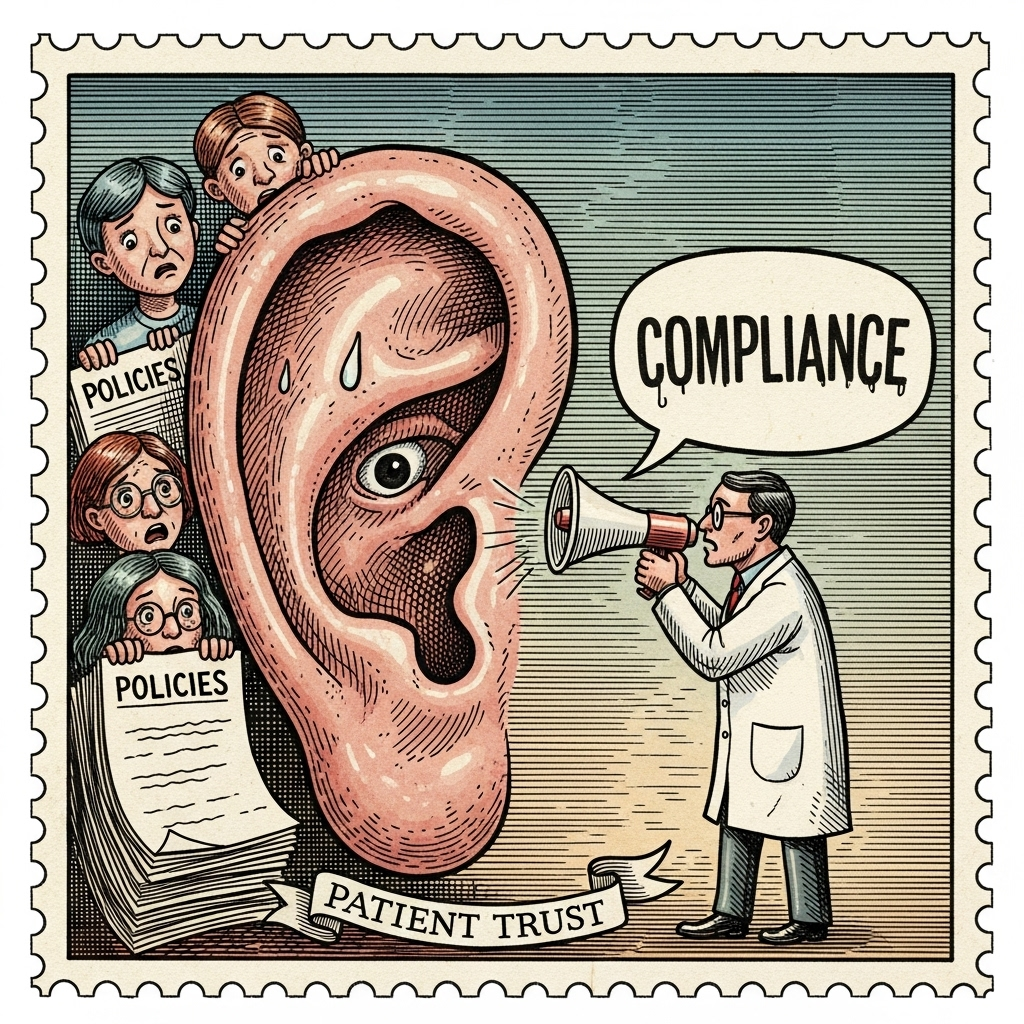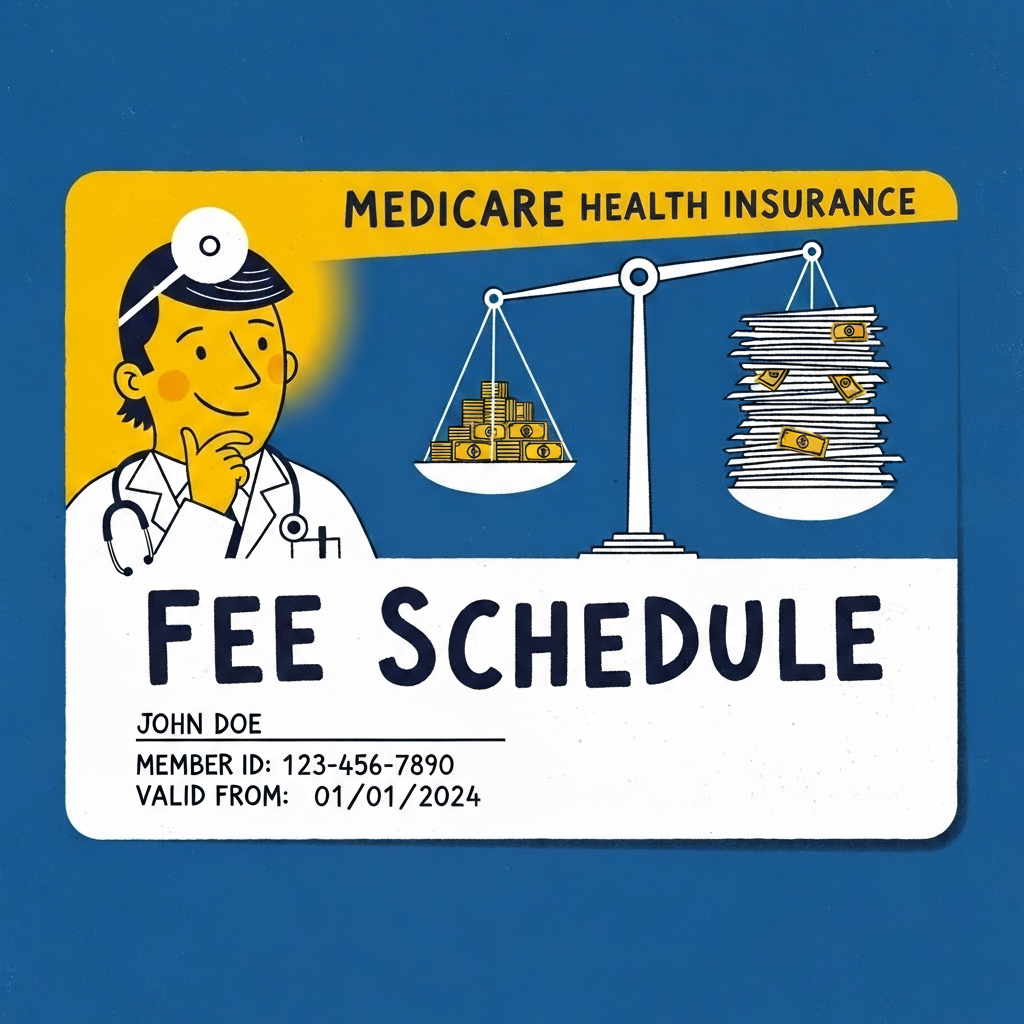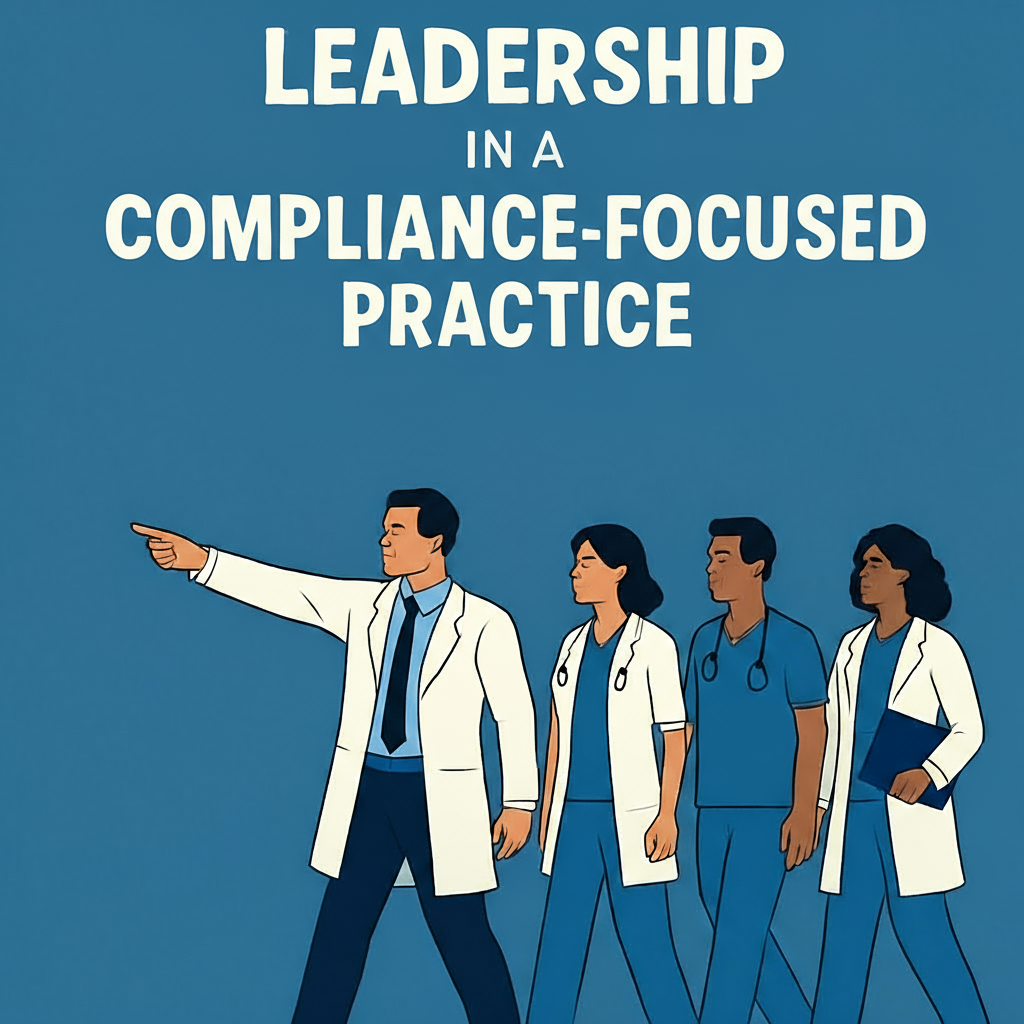
Introduction: A Gap That Needs Closing
Behavioral health practices are on the front lines of prescribing medications with high abuse potential—particularly benzodiazepines for anxiety and stimulants for ADHD.
Yet, compared to pain management or primary care, many behavioral health settings have fewer formalized risk mitigation processes in place.
Without structured safeguards, behavioral health providers face the same risks as any other prescriber—sometimes more—due to the chronic nature of these therapies.
Why Behavioral Health Needs Formal Risk Mitigation
- High-Risk Medications Are Common
Benzodiazepines and stimulants are among the most frequently prescribed drugs in psychiatry and counseling-supported practices. - Chronic Use Increases Risk
Long-term prescribing raises the chance of dependence, diversion, and regulatory scrutiny. - Overlap With Other Risk Factors
Many patients also have comorbid substance use disorders, unstable living situations, or untreated mental health conditions that raise risk.
Core Risk Mitigation Strategies for Behavioral Health
1. Controlled Substance Agreements (CSAs)
- Clearly define expectations for safe use, adherence, and monitoring.
- Use plain language to ensure understanding.
- Signed by patient, provider, and witness.
2. Prescription Monitoring Program (PMP) Checks
- Required in most states before initiating or renewing controlled substances.
- Do them at every patient visit and with every prescription refill.
- Especially important for detecting misuseltiple prescribers or overlapping therapies.
3. Urine Drug Testing (UDT)
- Not just for pain clinics—can confirm adherence and detect risky substance combinations.
- Frequency tailored to patient risk level. No patients are low risk. All are moderate to high risk.
4. Pill Counts
- Useful in high-risk cases or where diversion risk is elevated.
- Every visit plus random counts are a must.
5. Frequent Follow-Up Visits
- At least monthly to weekly visits for new or unstable patients; can extend for stable patients with proper documentation. Again, no patients getting controlled substance are low risk.
Implementing Risk Mitigation in Behavioral Health Workflows
- Staff Training – All clinical staff should know how to run PMPs, collect UDT samples, and document compliance steps.
- Patient Orientation – Introduce risk mitigation policies at intake; explain they are standard for all patients on certain medications.
- Integration With Therapy – Risk mitigation can be discussed as part of broader treatment planning and behavioral goals.
- EHR Templates – Use structured fields for PMP checks, UDT results, and CSA status to ensure nothing is missed.
Overcoming Common Barriers
- Perceived Stigma – Patients may feel targeted; framing policies as universal safety measures reduces defensiveness.
- Time Constraints – Risk mitigation steps can be streamlined with checklists and delegation to trained staff.
- Lack of Resources – Partnering with external labs or telehealth monitoring services can make compliance easier. Telehealth does not replace face-to-face encounters as you cannot do urine testing, pill counts, and examine your patient this way.
Regulatory Benefits
Behavioral health practices that adopt robust risk mitigation:
- Reduce risk of DEA or board action.
- Strengthen defense in the event of a complaint or malpractice claim.
- Improve payer relationships by demonstrating responsible prescribing.
You are protecting your patients and your practice so you are there to care for others who will and do need you.
Final Thoughts: Same Medications, Same Responsibilities
Behavioral health providers prescribe some of the most highly regulated medications in the country.
The same compliance and monitoring principles used in pain management should apply here—without exception.
Risk mitigation isn’t just for the “high profile” specialties. It’s for any provider who wants to protect their patients, their license, and their practice.
About the Author
Douglas J. Jorgensen, DO, CPC, FAAO, FACOFP
Dr. Doug is a physician, consultant, and national educator on healthcare compliance, behavioral health prescribing, and risk mitigation. He works with practices to build protocols that balance effective treatment with regulatory safeguards.


